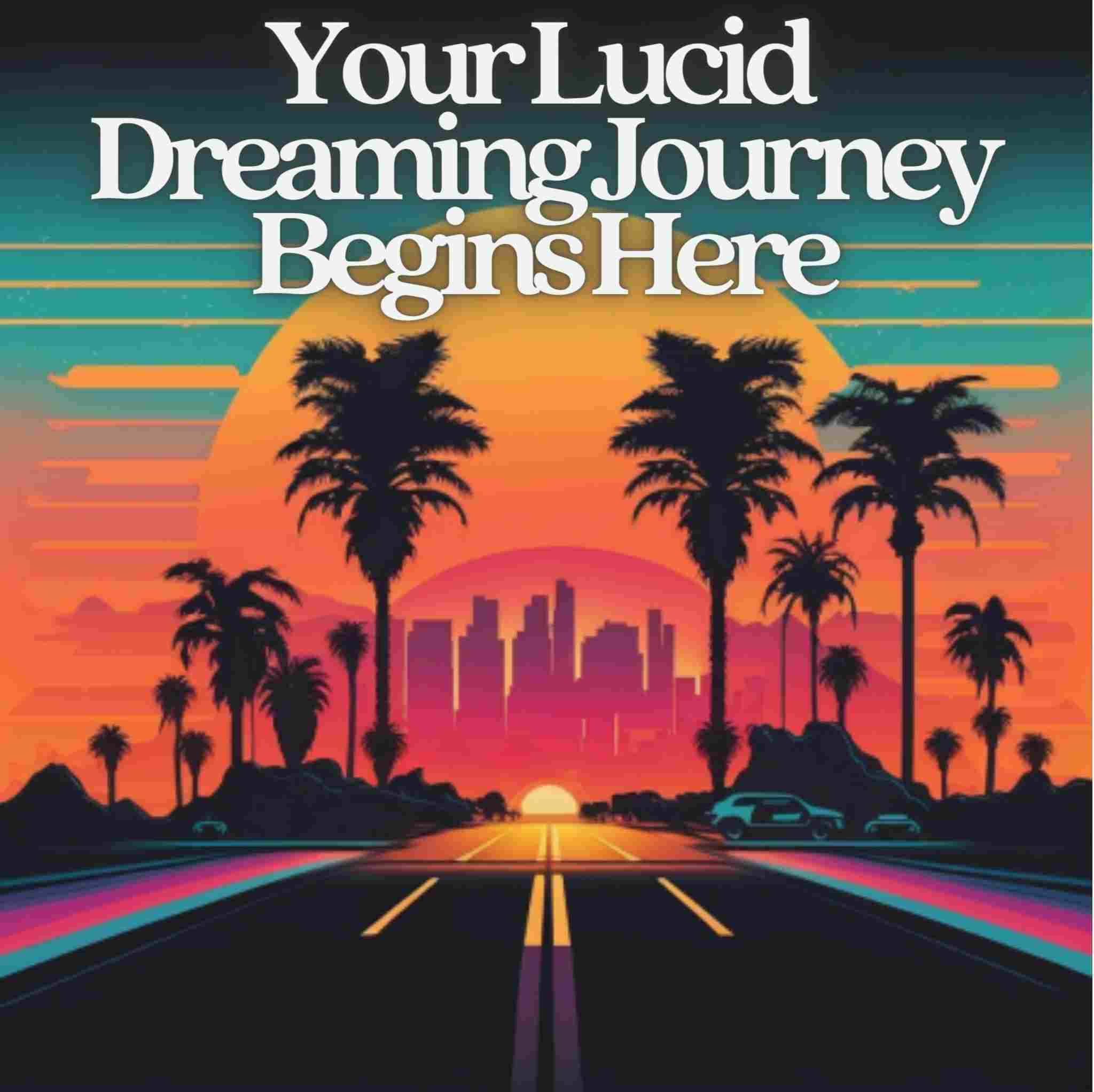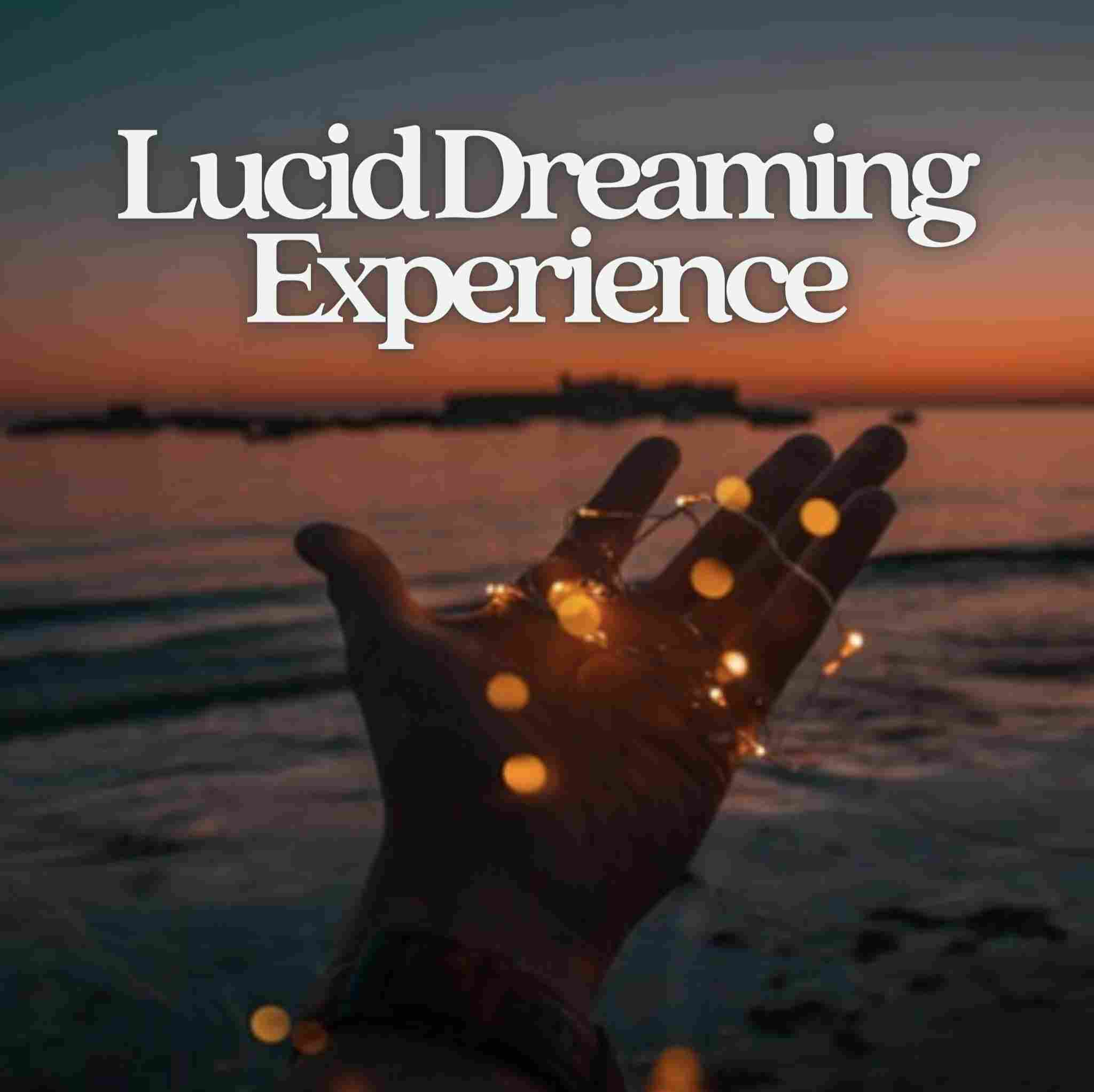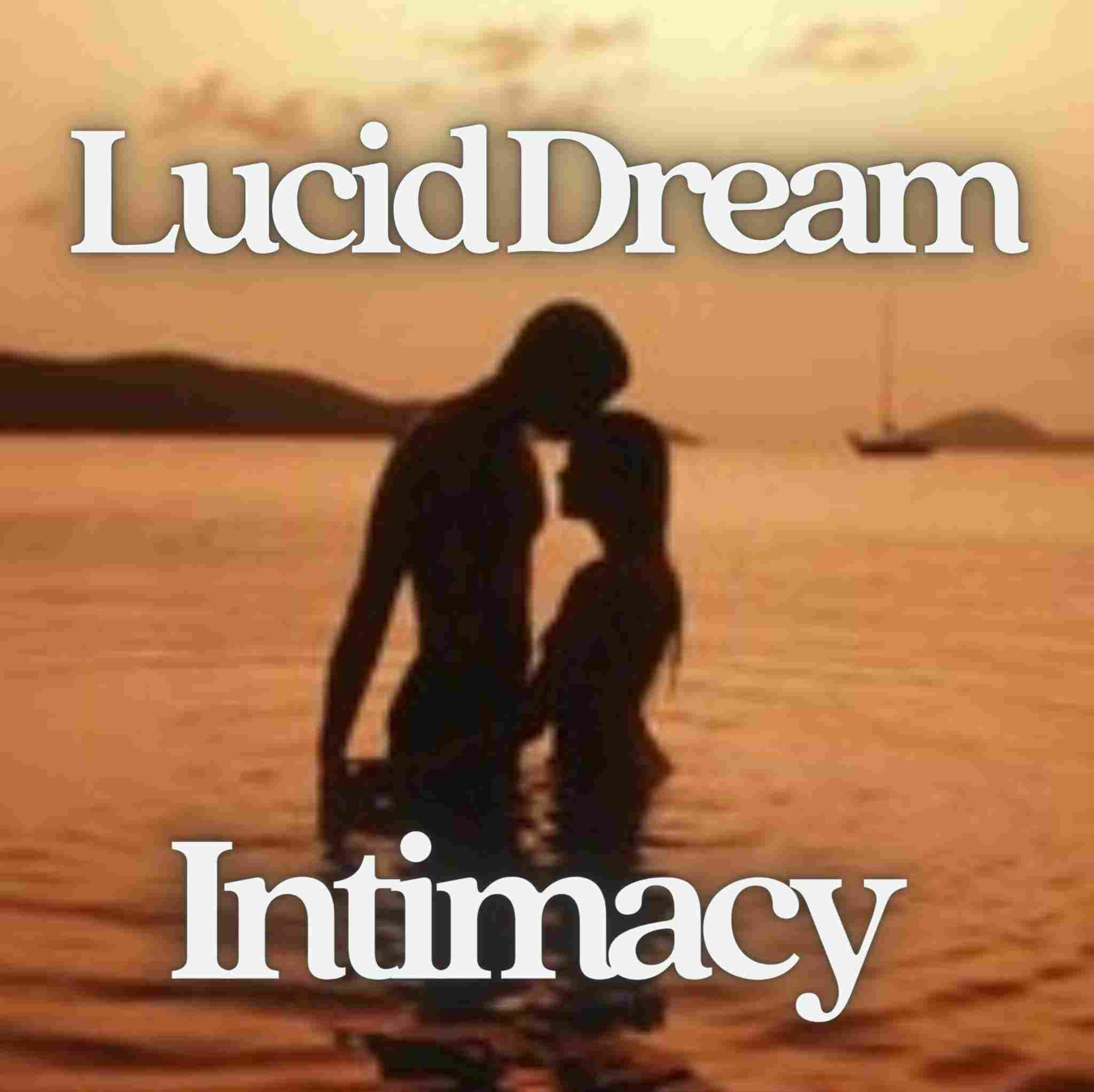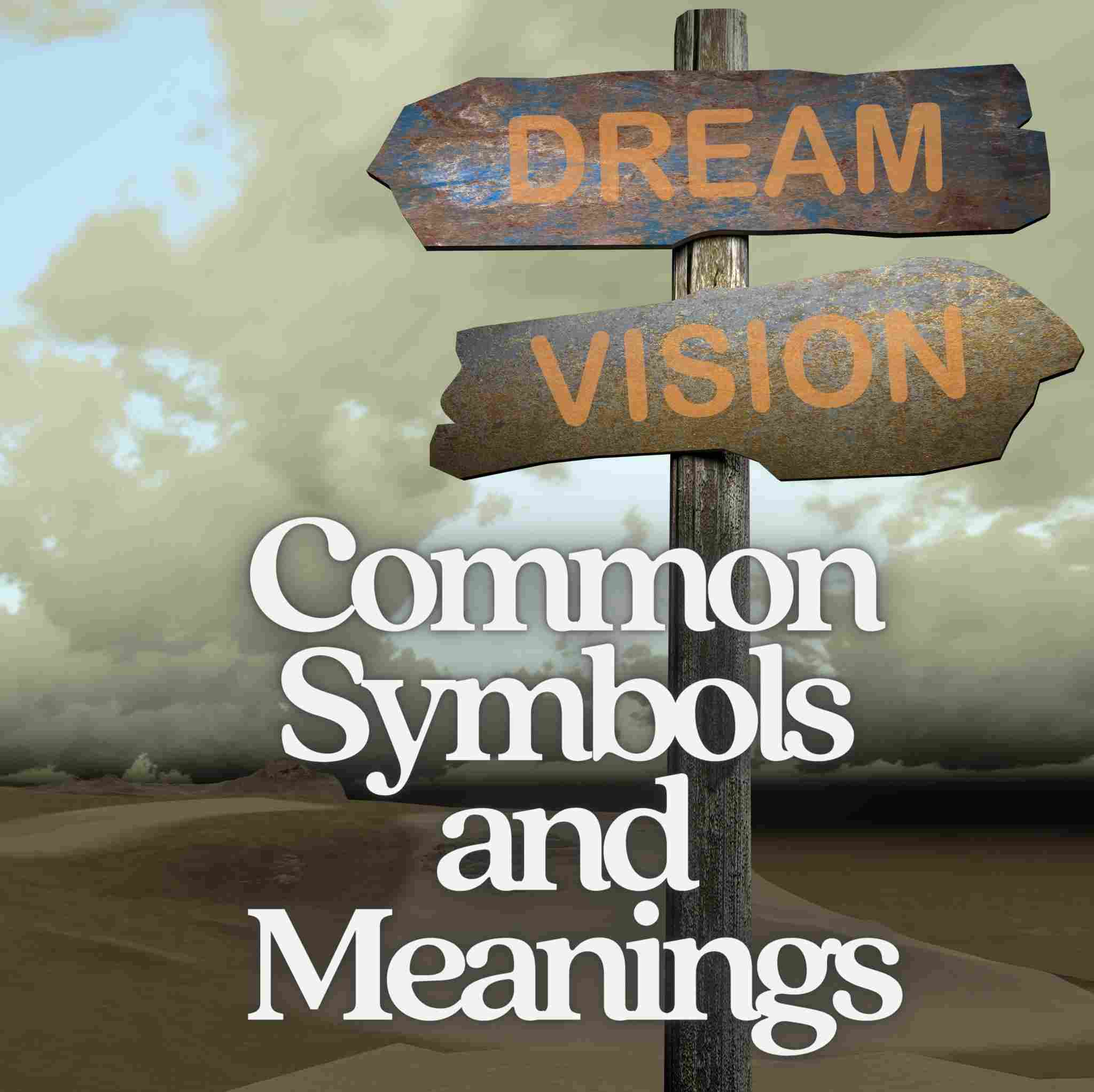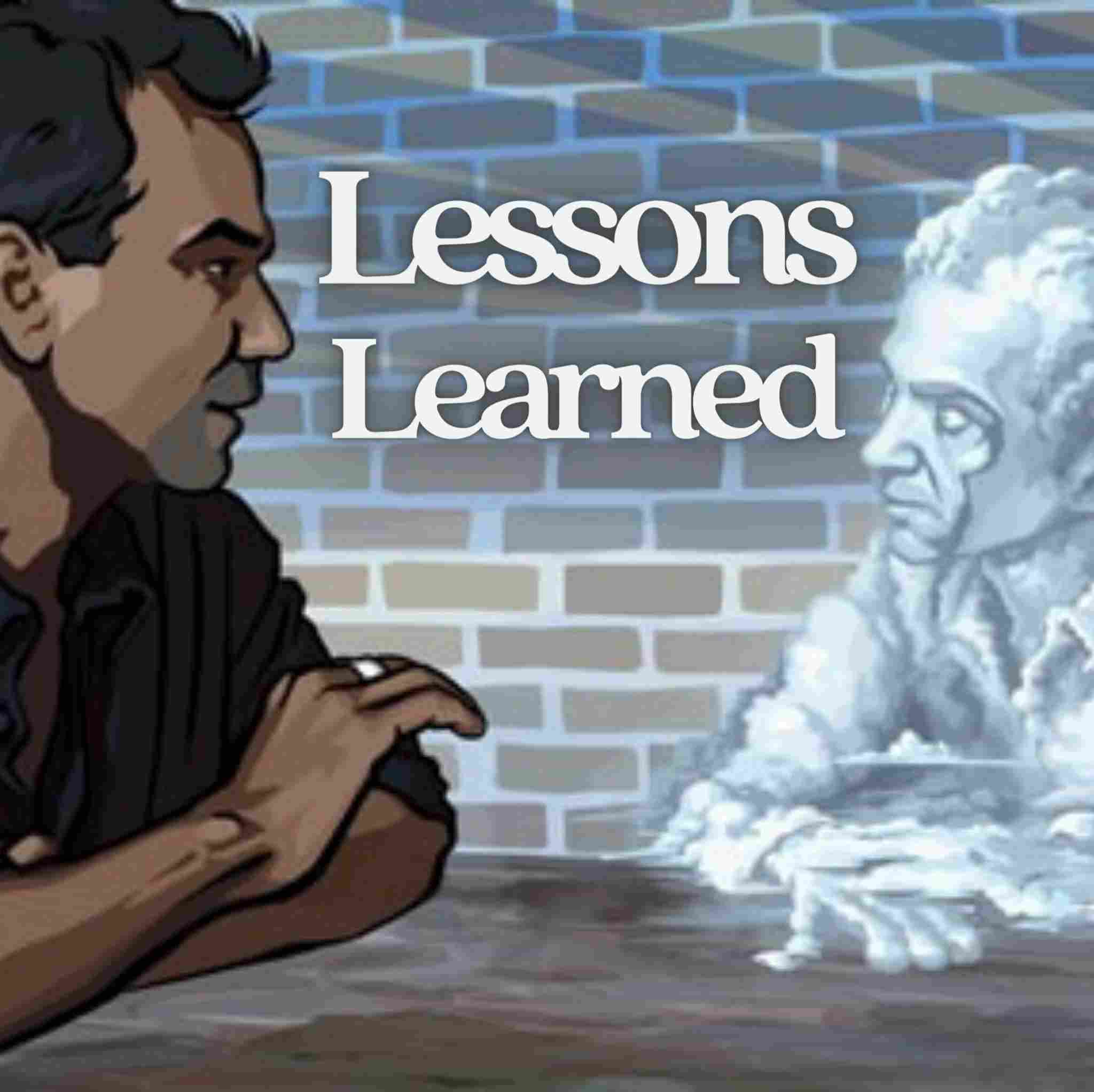Dream Exit Induced Lucid Dreams (DEILD)
How to have Dream Exit Induced Lucid Dreams (aka DEILDs). The effortless lucid dreaming technique to slip into a consciously controlled dream at night.
The Dream Exit Induced Lucid Dream (DEILD or dream re-entry) is a condensed version of the WILD technique, allowing you to slip into a lucid dream from a waking state.
Under the right conditions, it's a wonderfully effortless way to become lucid.
Once you get to know the DEILD technique, you'll be able to use it multiple times per night in dream chaining. You can also use it to deliberately re-enter a great dream (lucid or non-lucid) if you wake up prematurely.
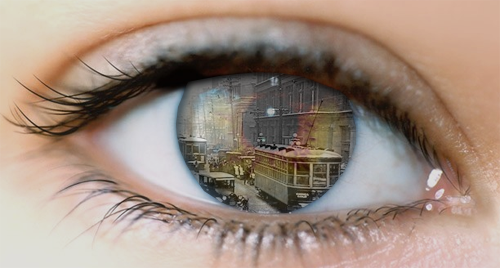
The DEILD or Dream Re-Entry Technique can be effortless
How to Have a DEILD
If you're a light sleeper (you wake up at various times during the night) then DEILDs may come very naturally to you. If you're a heavy sleeper, you might need the aid of an alarm clock or lucid dreaming app (like the Singularity Experience) which is designed to momentarily wake you from REM sleep.
1. A Momentary Waking
The ideal conditions for dream re-entry are after 4-6 hours of sleep, when your REM cycles are starting to become longer. You must briefly wake up from a dream in order to implement the DEILD technique.
If you find this happens naturally - great.
If not, use an alarm as mentioned above. The alarm should be disruptive enough to rouse you from the dream state, but not enough to wake you fully. It should also shut itself off as soon as you are partially woken.
2. Stay Still and Visualize
As your mind straddles the border between a dream and wakefulness, keep your body absolutely still. Any movement now will trigger the firing of motor neurons in your brain and transfer your full consciousness to the waking world. Any sense of sleep paralysis will also completely wear off.
With your body unmoving, keep your eyes closed (or immediately close them) and recall the dream you were just in. Place yourself back in the exact same moment you were in before you woke up.
Sometimes this happens automatically and the DEILD becomes effortless. If not, try to mentally recapture that dream in as much detail as possible. Recall the sights, sounds, emotions and tactile sensations of the dream.
If you find this difficult, see my tips on how to visualize with multiple senses.
3. Dream Re-Entry
This part is automatic. If you performed the last two steps accurately enough, your brain will re-create the dream and send your awareness back in - only this time, you'll be fully lucid.
Like Wake Induced Lucid Dreams, DEILDs are highly vivid because you enter the dream with a heightened sense of awareness carried over from the waking state. Once you "sink" or "pop" into the dream, remind yourself that you're dreaming and perform a reality check for good measure.
The time between waking up and re-entering your dream lucidly can be as little as a few seconds. If you find you are lying in bed for several minutes, then the moment is almost certainly gone.
But don't worry - you can still have a lucid dream at this point by following the steps outlined in How to Have a Wake Induced Lucid Dream. You're already in an ideal state mentally and physically to have a WILD so make the most of the opportunity. Allow yourself to drift and start to visualize a whole new dream scene...
Like this tutorial? Get more in depth material in The World of Lucid Dreaming Academy.
This includes a definitive guide to lucid dreaming with 30 detailed tutorials on lucid dream induction, how to change the scenery, creating dream characters, initiating any fantasy, prolonging your dreams and tapping into creative potential. Find out more here.







